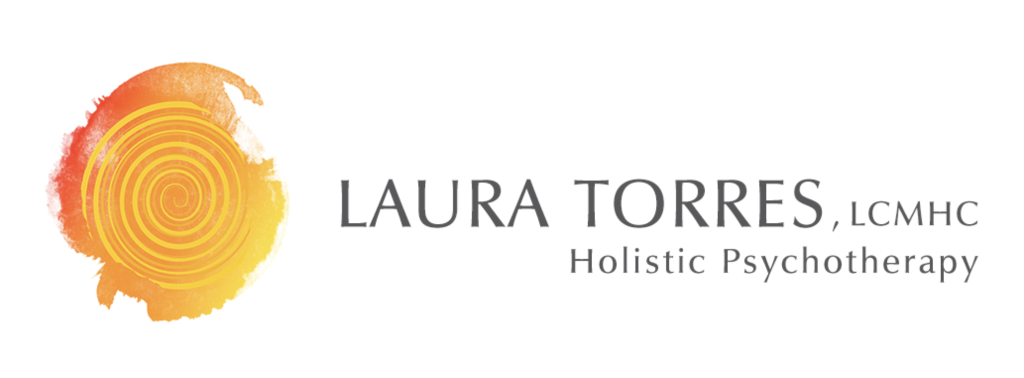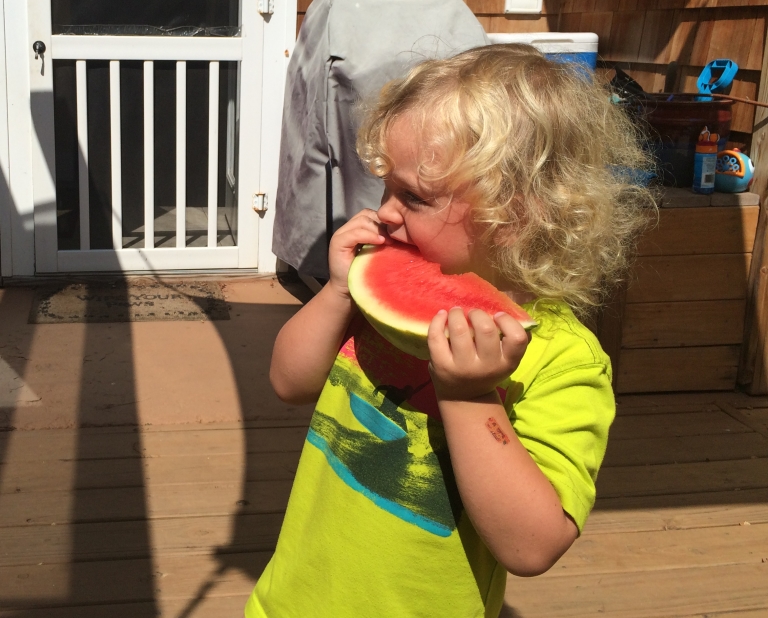The other day I was waiting outside of Starbucks for an open table when an older couple offered for me to go ahead and sit at their table because they were getting ready to leave. I gratefully sat down and started to unpack my things. While they were finishing up, we made small talk about Asheville and it turned out that they were on vacation here from central North Carolina. The older man shared that he had been battling with stage 4 Cancer over the past year. He shared the story of what the past year had been like for him and how it has impacted him today. I was so moved at the gratitude he embodied for being alive. For being able to drive to the mountains and see Asheville when he hadn’t been able to travel for the past year, for being able to enjoy an egg and cheese biscuit from City Bakery when he had had a liquid diet for months, for being able to go shopping for new shoes with his wife. It was such a great reminder for me of the power of gratitude, but more than this, the power of really enjoying each delicious moment that life has to offer. Why does it take a near death experience for us to wake up to all that we have? It doesn’t have to!
Rick Hanson, author of Buddha’s Brain and Hardwiring Happiness, does a great job of answering this question as to why it’s so hard for us to notice the positive. In short, he explains that we’re hard-wired to focus on negative experiences because this is what has helped keep us alive. In other words, the cave men that were highly aware of lurking tigers and other dangerous situations were the one’s that survived rather than the one’s that were perhaps enjoying the sunny day. So as we’ve evolved, we’ve developed a system that is highly attuned to danger, both emotional and physical. This attunement helps keep us safe from potential threats but also causes us to perceive danger where there is none. And the more often we interpret a situation as threatening, the more it builds and strengthens our negative neural pathways. I want to clarify something here, for the sake of simplicity, I’m using the terms negative and positive pathways but I’m in no way judging the pathways as bad or good. Of course we need them both. I’m using negative to indicate those pathways that perceive danger and are connected to our sympathetic nervous system that sends our body signals to fight, flee, or freeze and positive to indicate the pathways that stimulate the parasympathetic nervous system that signal the body the rest, digest, and connect.
There are a couple of problems that result from this negativity bias: a) the more often we perceive a situation as dangerous, the more it strengthens these pathways and the easier it is for these negative pathways to be lit up and b) when a bunch of neurotransmitters and other neurochemicals are released into our system to help us fight or flee from the tiger but there is actually no tiger, they don’t get used or released and all of that energy just gets stuck in our system. This imbalance in our nervous system can lead to anxiety, irritability, pain, depression, fatigue, numbness, the list goes on. So what can we do about this?
In Buddha’s Brain, Hanson explains that the remedy is not to suppress our perceived negative experiences, but rather a) to notice them and check in to see if there really is a threat to our emotional or physical safety and b) to foster positive experiences as often as you can to strengthen our positive neural pathways. In a previous post, I talked about ways to differentiate between truth and story, which is another way to say ‘check in to see if there really is a threat’. Get curious, check out your story with the other person, or ask for a close friend’s perspective. The challenge is that it can be hard to access new perspectives, curiosity, or compassion when our brain has just alerted our system to danger. This is where building a practice of noticing and taking in the positive is super helpful and important. When we have robust and complex positive neural networks, our sympathetic nervous system isn’t as easily activated. Another way to say this is that by taking in the positive, we increase the width of our resiliency zone. The more often we notice and take in positive experiences, the more it creates new neural connections and associations. In fact, we can even change our experience of past negative events to feel less charged/negative when we pair the memory with positive experiences. Isn’t our brain amazing?!
But let’s get back to taking in the positive. Hanson describes three steps to strengthening our positive neural pathways:
- “Turn positive facts into positive experiences.” As I shared about my experience at Starbucks, so often we don’t even notice or really experience the good things that happen all around us. Typically, we just coast by the good stuff and ruminate about the bad stuff. What if, like that couple, we actively paid attention to the good stuff, especially the little stuff that happens all the time, like noticing how good that first drink of water feel when you’re parched or feeling the cool air against your skin on an early fall morning or hearing a favorite song come on Pandora or the radio.
- “Savor the experience.” Really take in this good experience and make it last. Neuroscience research shows us that when we stay with an experience of 20 seconds or more, it sends it to the hard drive, so to speak. And the longer we stay with something, the stronger the positive neural network becomes (meaning the stronger the memory and positive associations become). To do this, we focus on our pleasant emotions and body sensations associated with the experience or memory. We can also intensify our pleasant experiences or memories by taking them in with all of our sense. For example, when I finally get that drink of water, what does it taste like? What does it feel like as it slides down my throat into my belly? What else do I notice in my body as I gulp down the glass of water? Perhaps sensations of relief, relaxation, or soothing.
- “Imagine or feel that the experience is entering deeply into your mind and body”. Perhaps you visualize soaking up the pleasant experience like a sponge or visualize your positive neural pathways lighting up and growing. To me, this is just an added way to really make sure the experience gets wired in so even if you just do the first two steps, you’ll see benefits.
For many of us in our busy days, it’s hard to justify or prioritize taking a few minutes each day to practice taking in the good. So here’s what I encourage you to do: make a commitment to practice daily for a couple of weeks and come up a way to remind yourself to actually do it. A good friend of mine has a ‘No complaint’ bracelet to remind him each day to focus on the positive—you could tape a note to your computer, create an image on the front screen of your phone, or make yourself a bracelet to remind you to pause and take in the positive each time you see it. Or you can use reminder bells on your phone to encourage you to pause and find something positive to take in during that moment. Find whatever work for you. Perhaps you could even share this with a friend and help hold each other accountable to practicing daily. Take some time after a week or two to check in and see how this practice has impacted your mood and overall sense of wellbeing. The more we practice, the easier and more automatic it will become.
If your brain is feeling kind of skeptical of the benefits of taking in the good, another way to build some evidence is to notice when you’re feeling out of balance and find a way to take in the positive, whether via a memory or a present moment positive experience, then notice how you feel afterward. Remember, in order to take it in, you’ll need to really deepen your positive experience with all of your senses and then notice the pleasant emotions and physical sensations that go along with your experience. I hope you’ve enjoyed this post—stay tuned for Power of the Positive Part 2: Creating a restorative narrative.
Challenge: Commit to a daily practice of taking in the good for a certain amount of time and notice how it impacts your mood and wellbeing.
Affirmation: I take in the positive on a daily basis or I am attuned to the positive at each moment.

